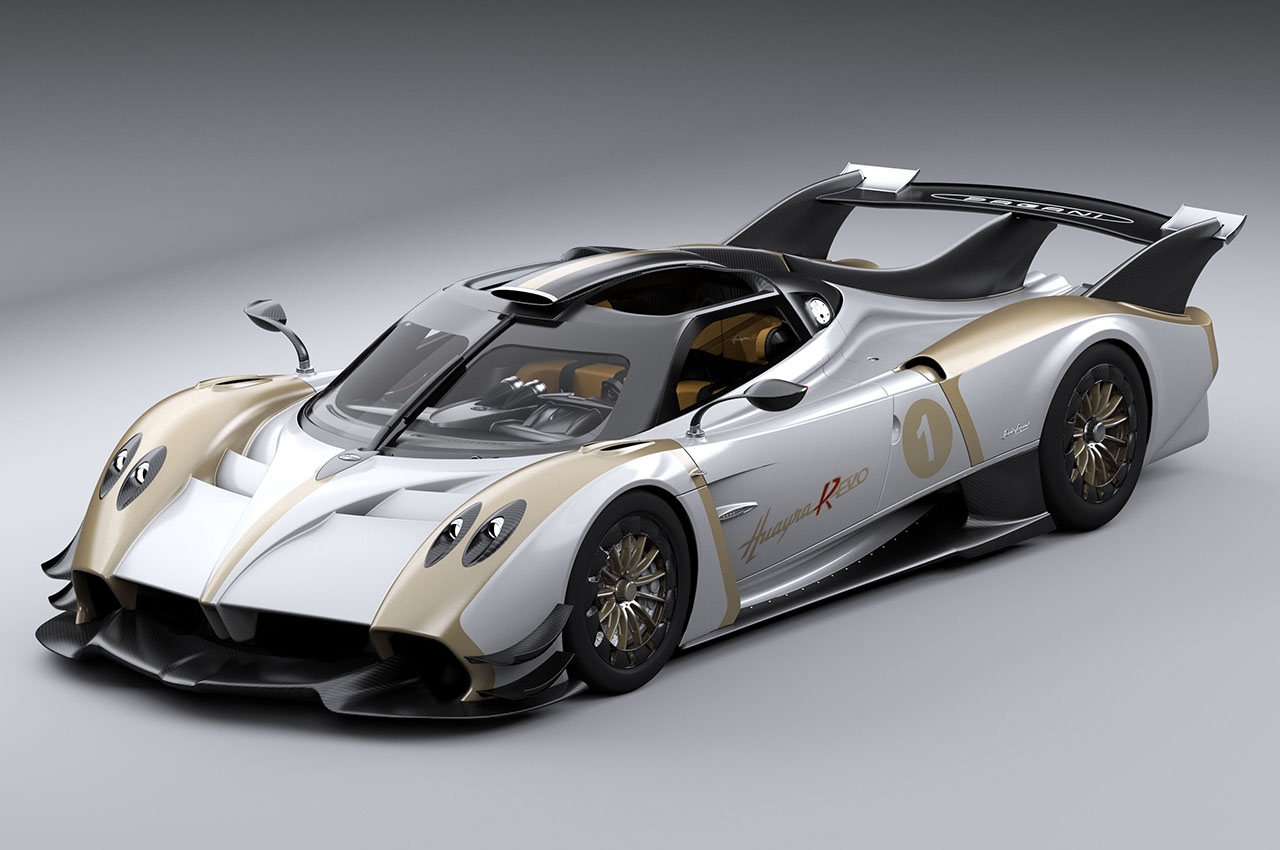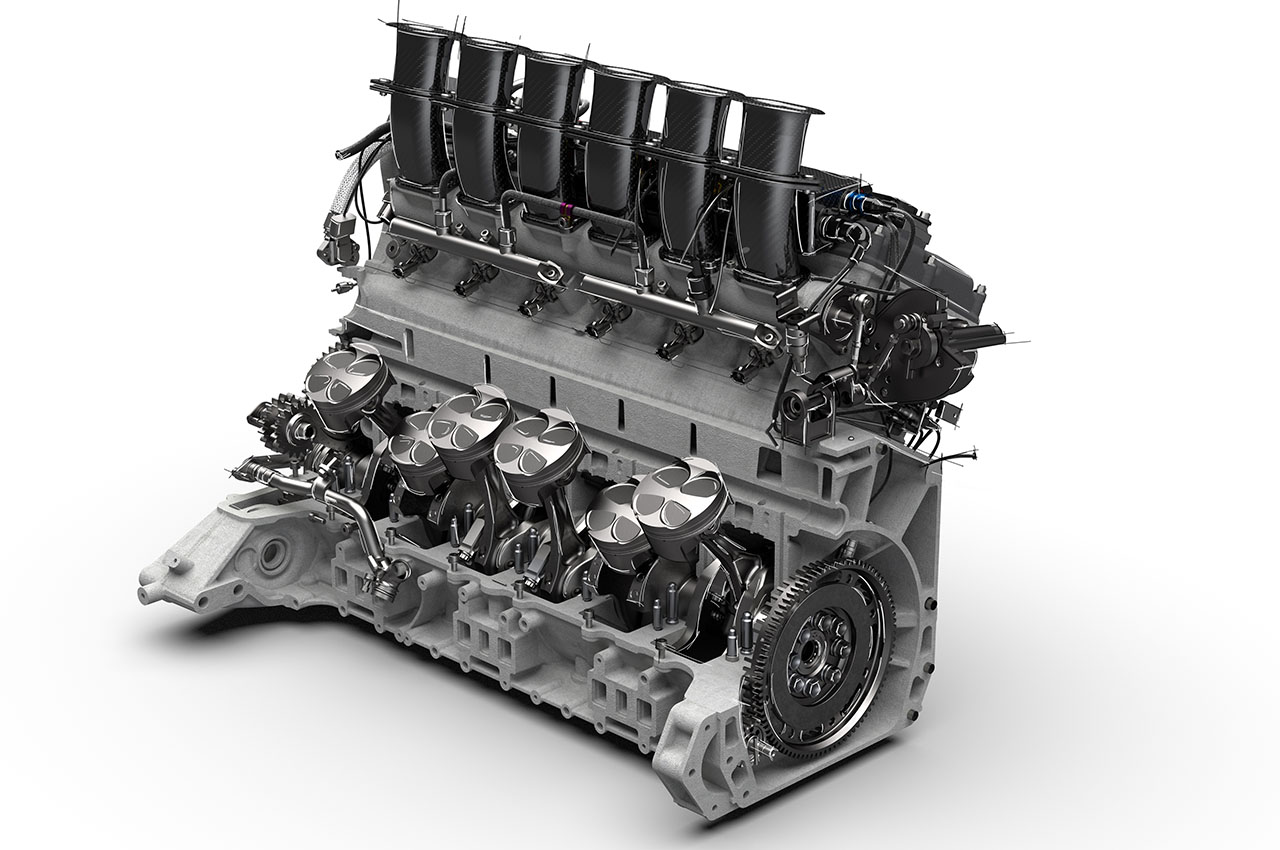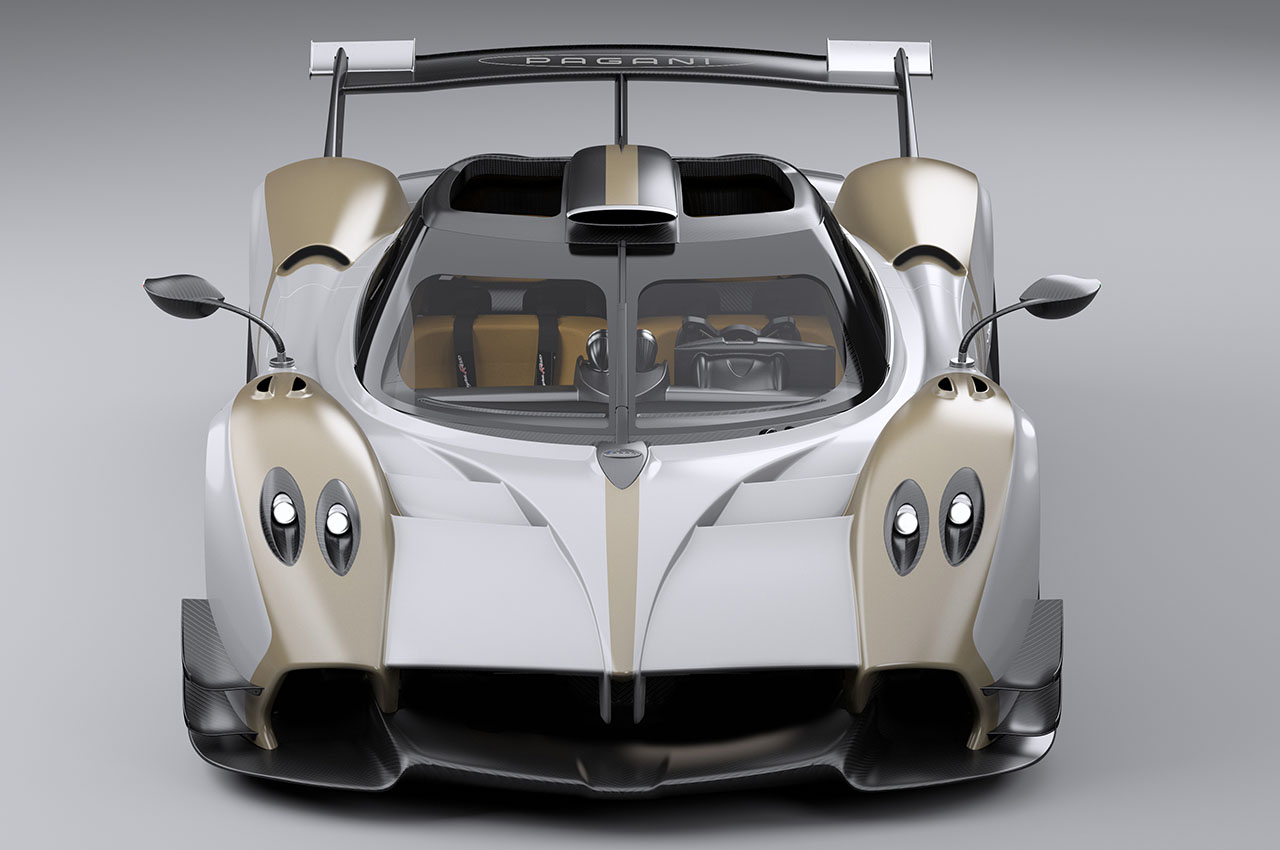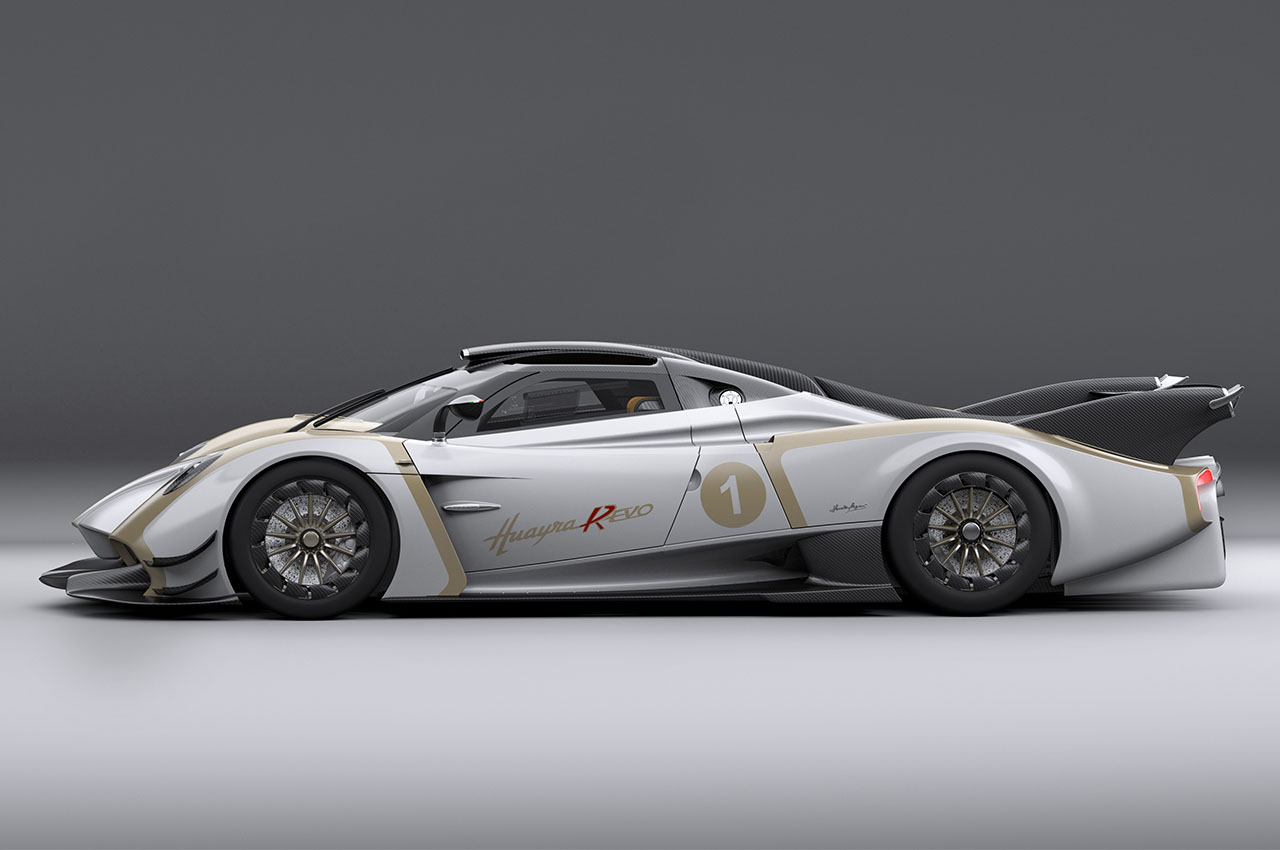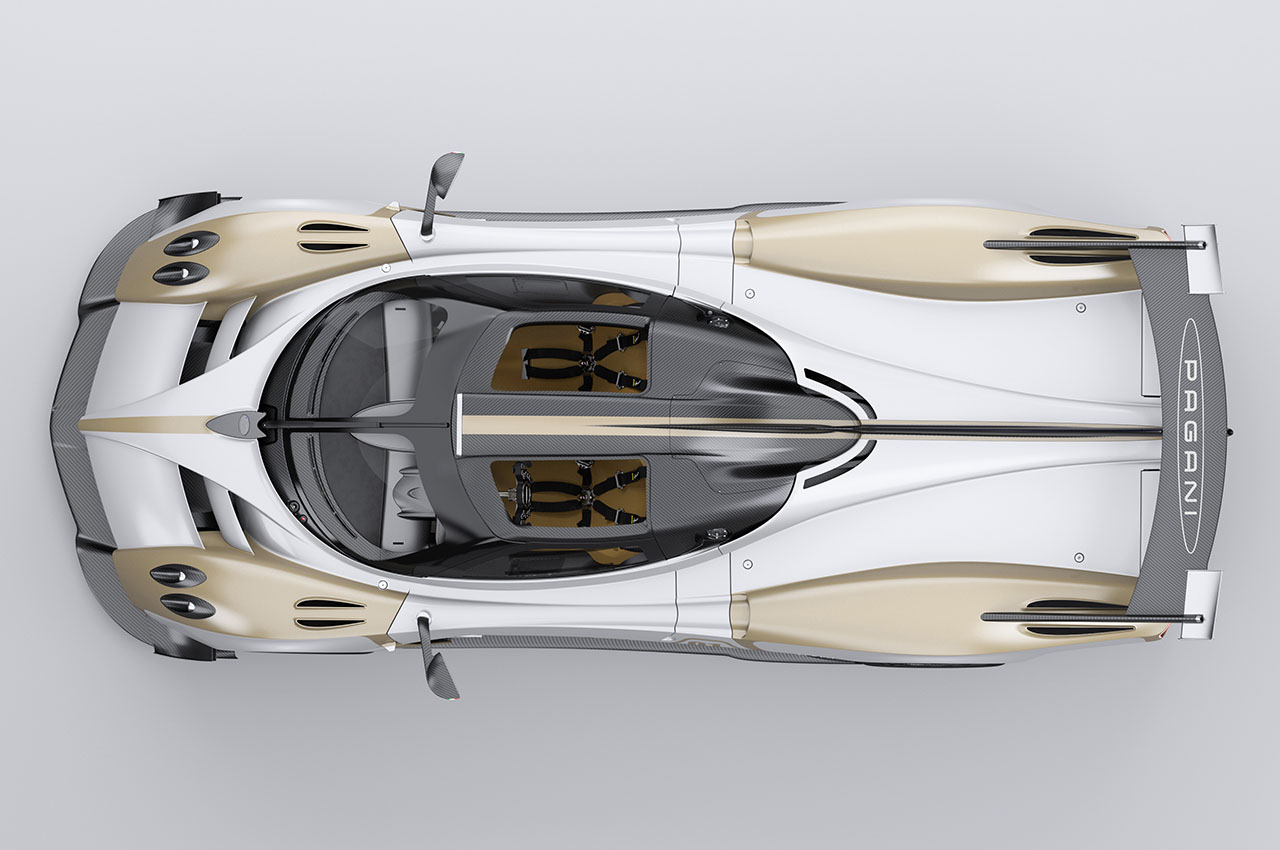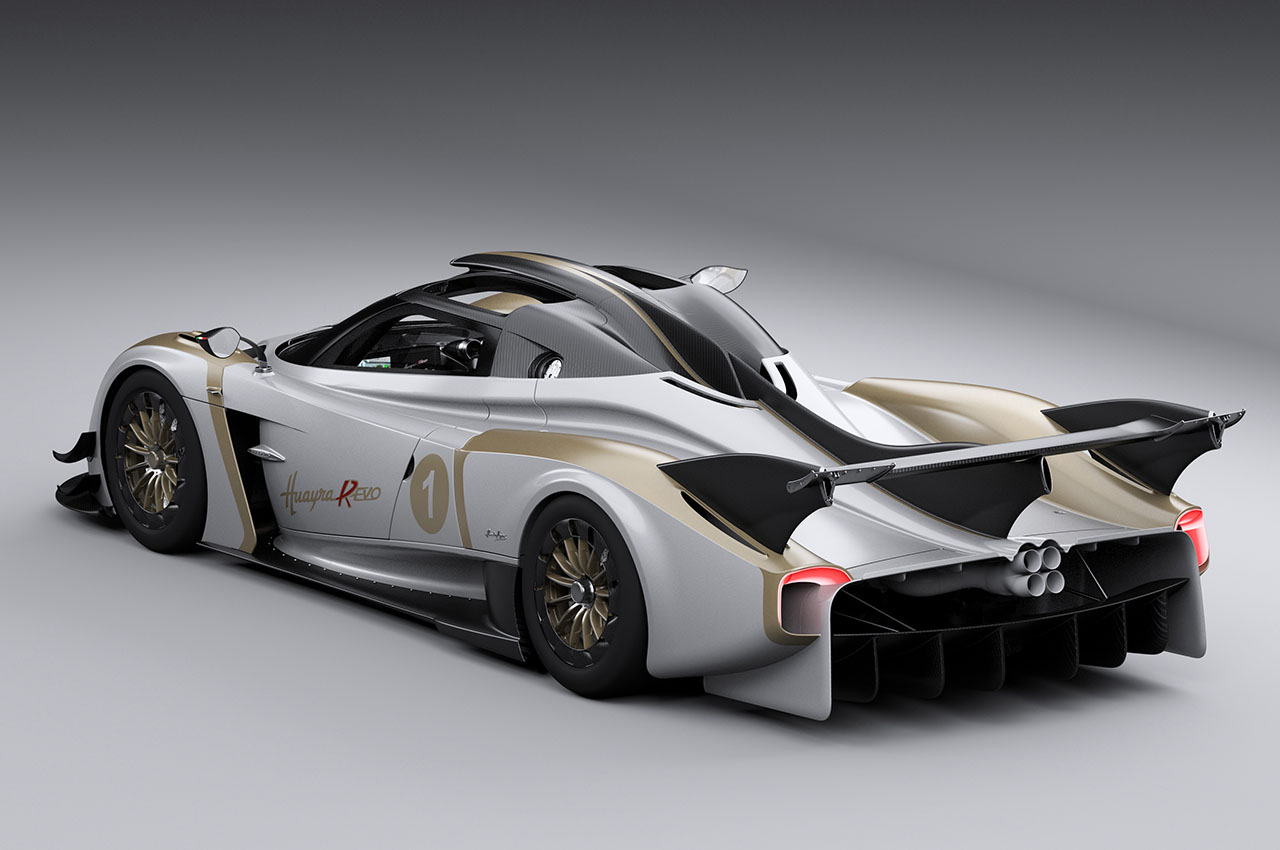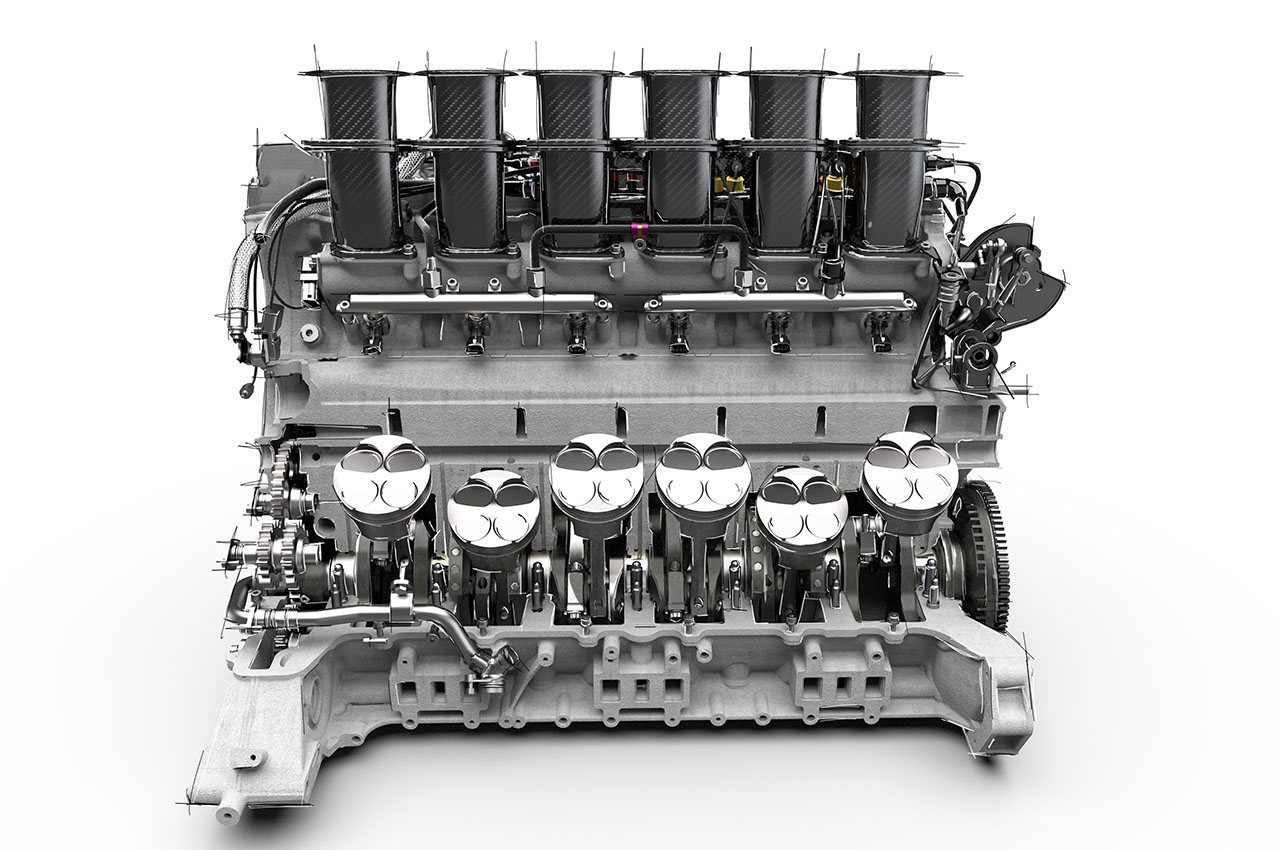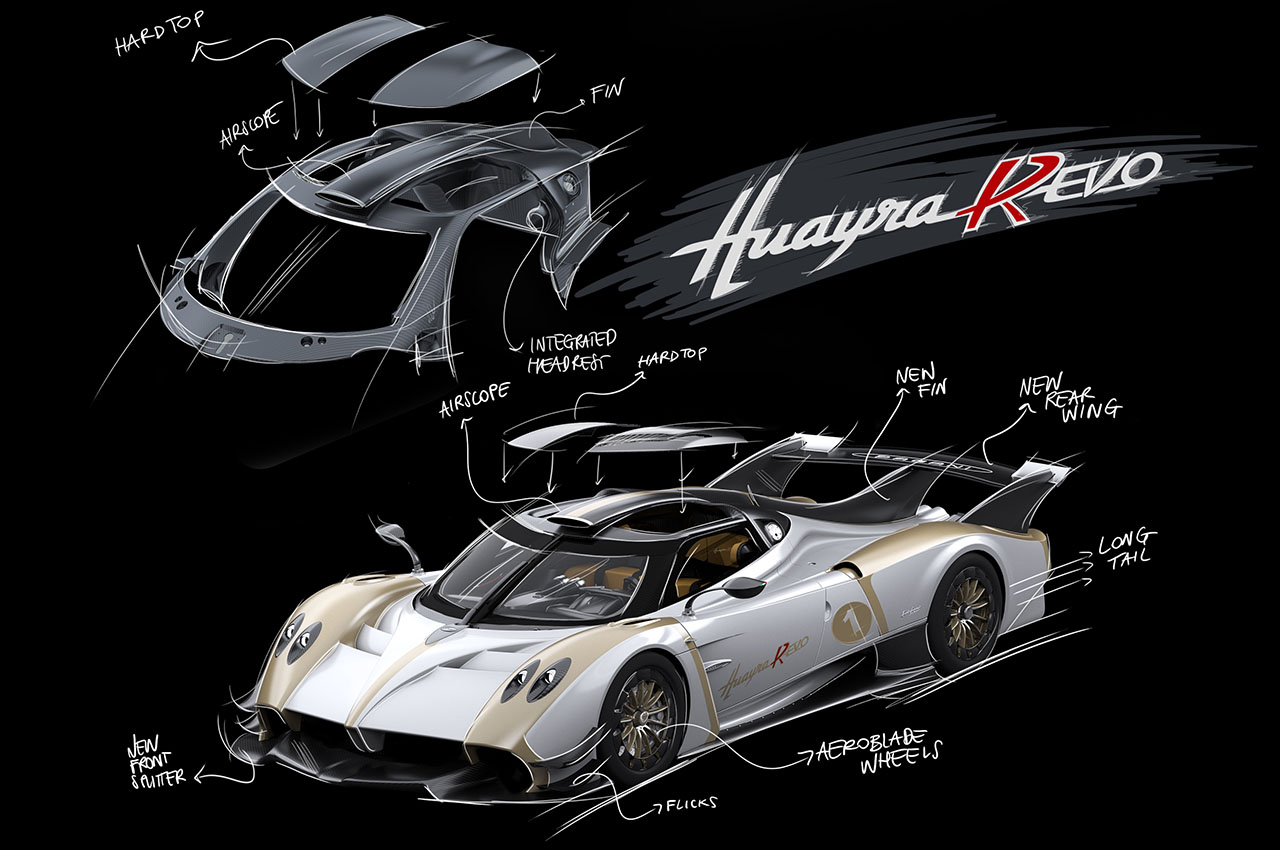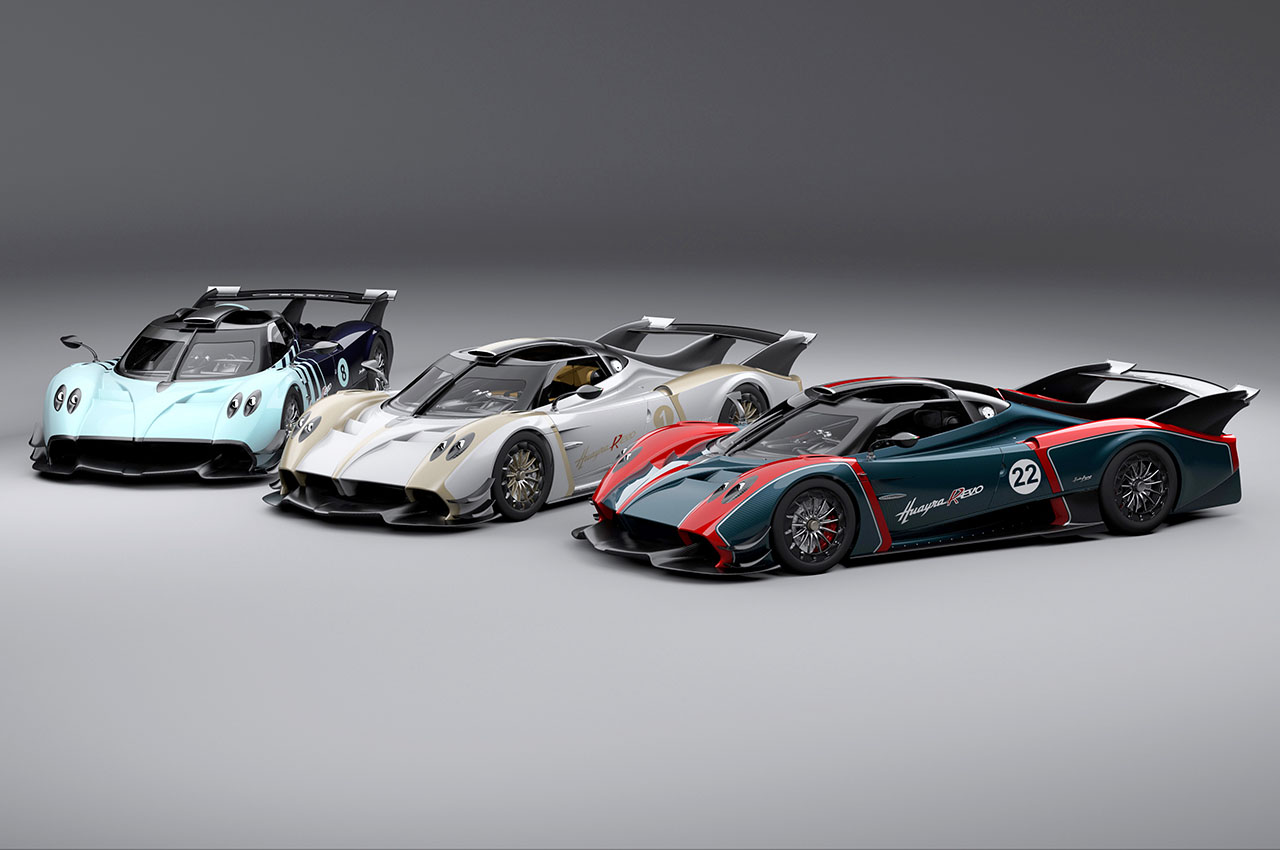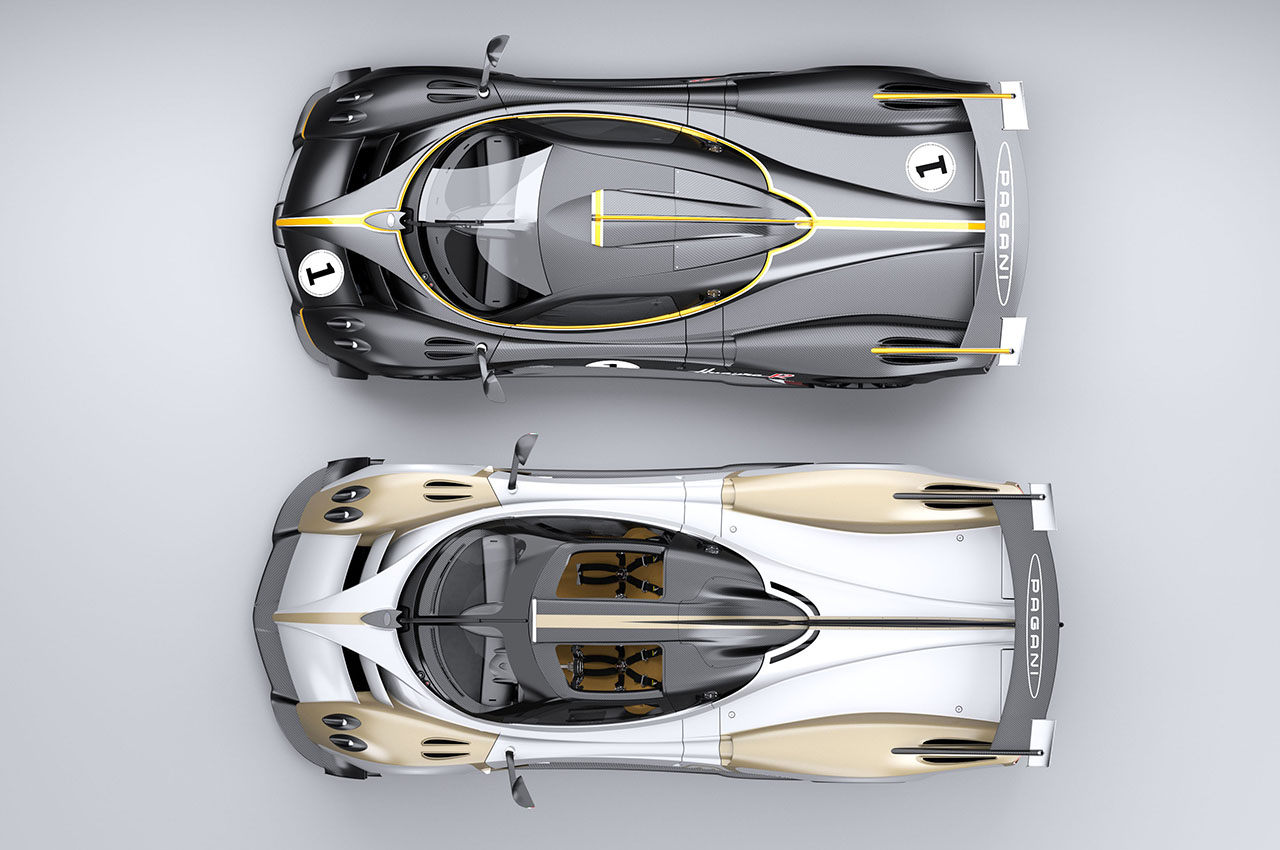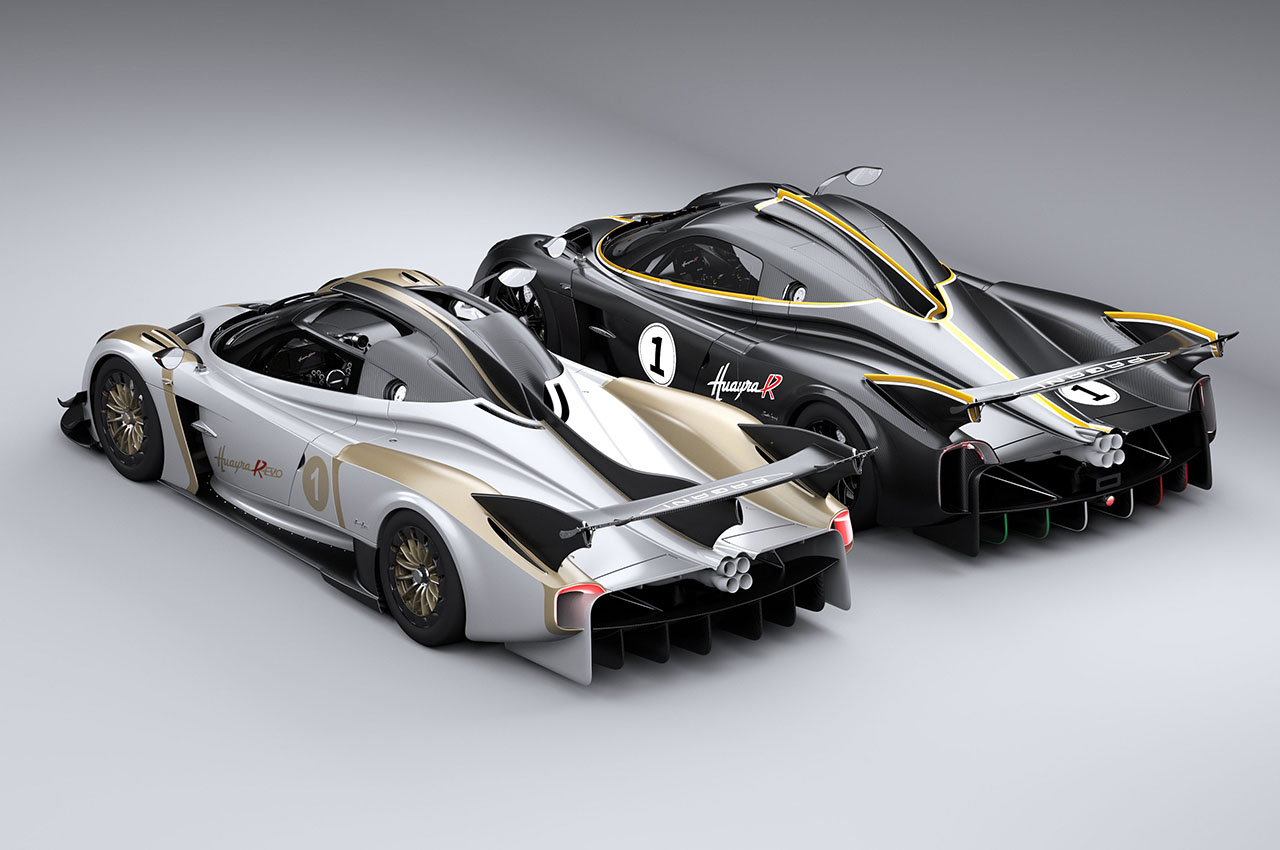Sim racing is the best way to showcase your racing or gaming skills if you didn’t make the cut to the big league. Serious gamers always want to invest in a racing simulator that takes them one step closer to intense wheel-to-wheel action. Depending on what’s the final budget, these rigs can be anything from a desk-mounted setup costing $300, a chassis for a few thousand, or a full-blown motion simulator costing $50,000 upwards.
If you’ve got a stack of money to spare you can go to another level though, with a sim rig that professional racers opt for. Along the same lines, Pagani has unveiled their Huayra R Driving Simulator which is designed in collaboration with Racing Unleashed, who are known for building some of the best high-end racing simulators out there.
Designer: Pagani and Racing Unleashed
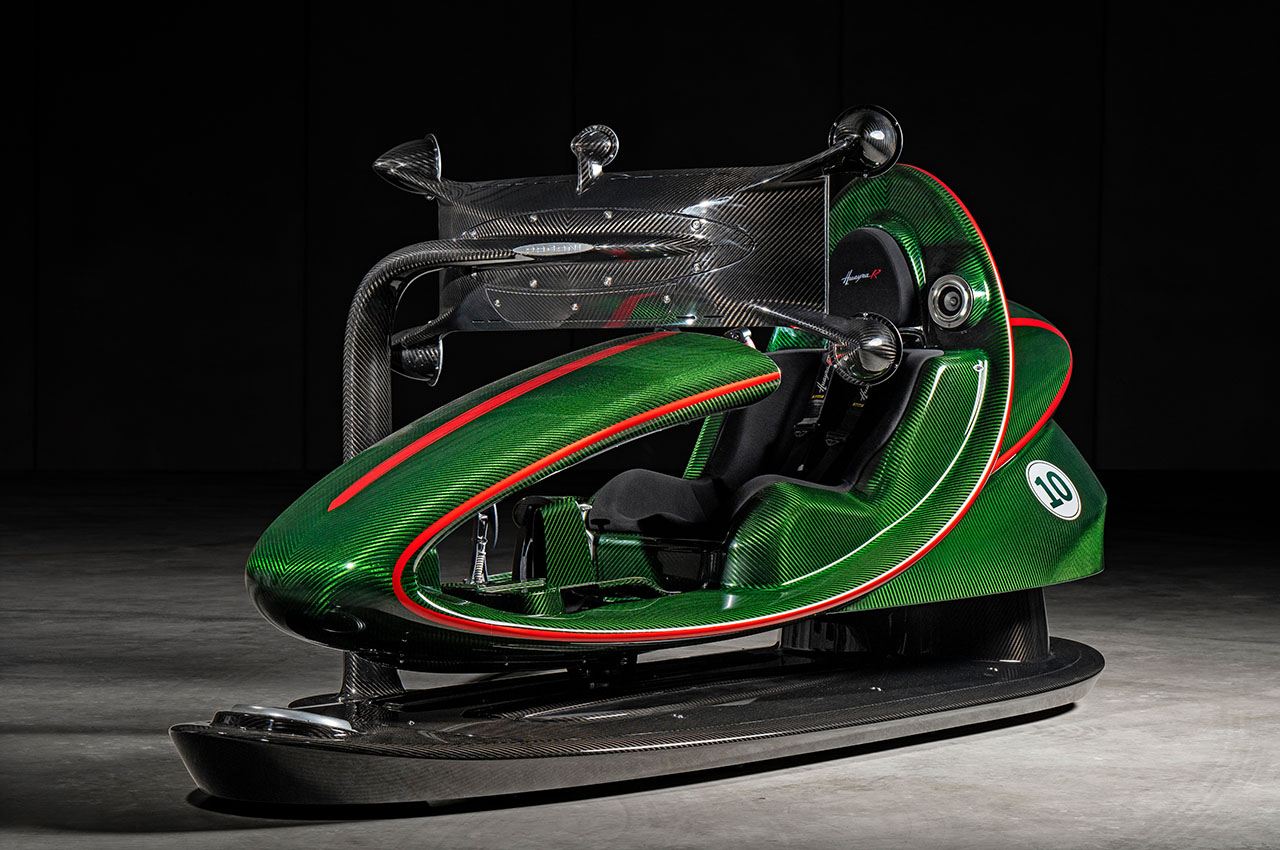
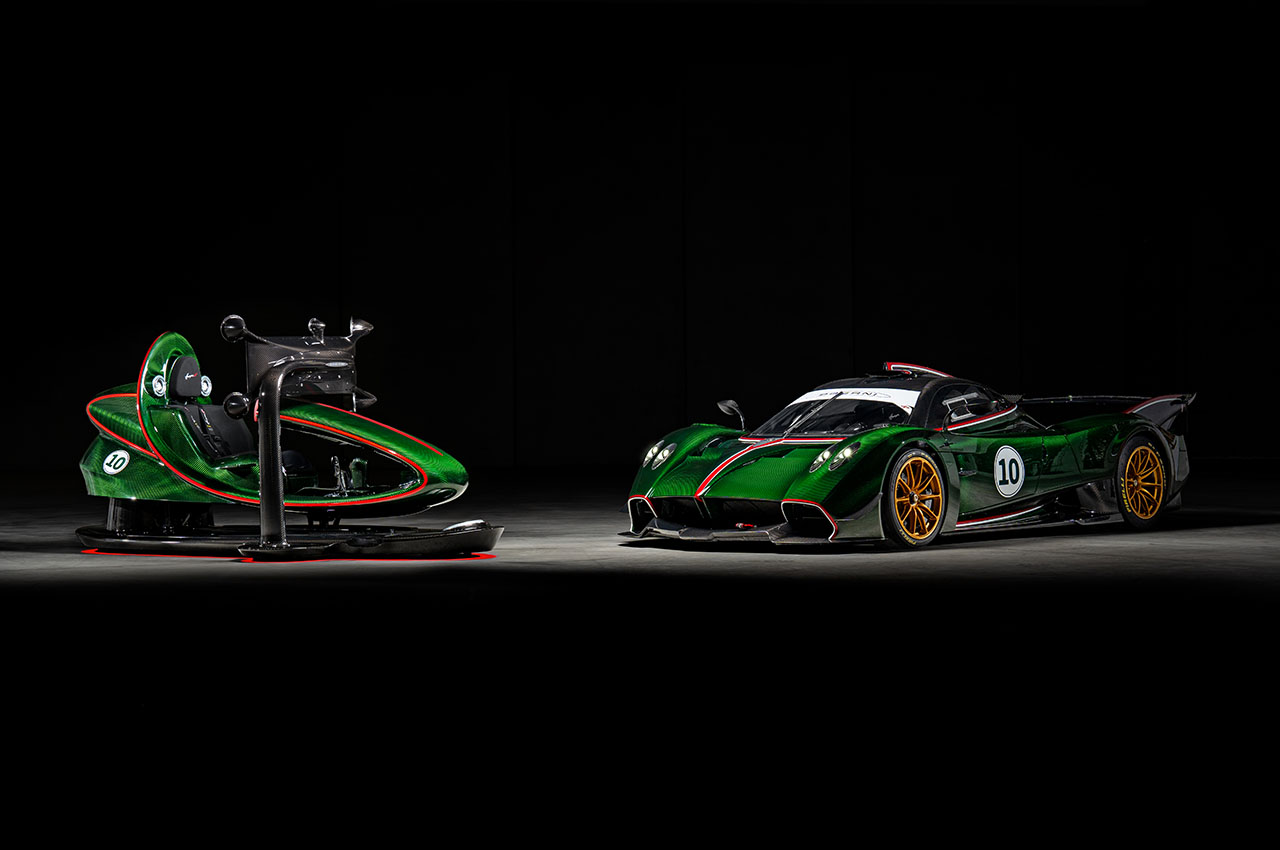
Attention to detail is the key in this racing sim as it took more than a year to finalize the creation process. This racing simulator crafted at Pagani’s facilities is made out of a single piece of aluminum and adorns carbon fiber used in the original Huayra R supercar. The car’s dynamics right from aerodynamics and handling to the sound of the naturally aspirated V12 engine are replicated to millimeter precision. The seat belts, pedals, seats and steering wheel are identical to the ones on the real car. Wait there’s more… it also has air vents to release the brake and engine heat, making it one hell of a racing sim!
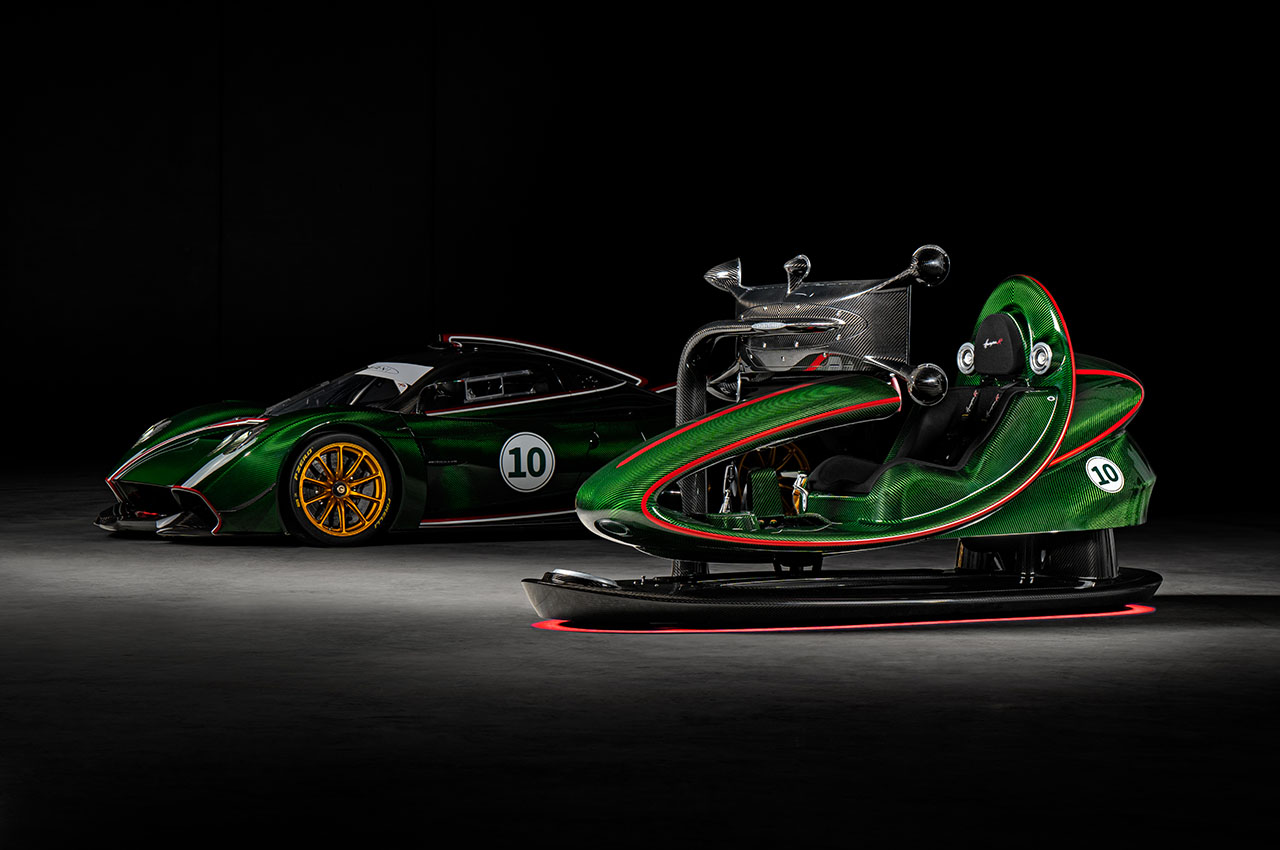
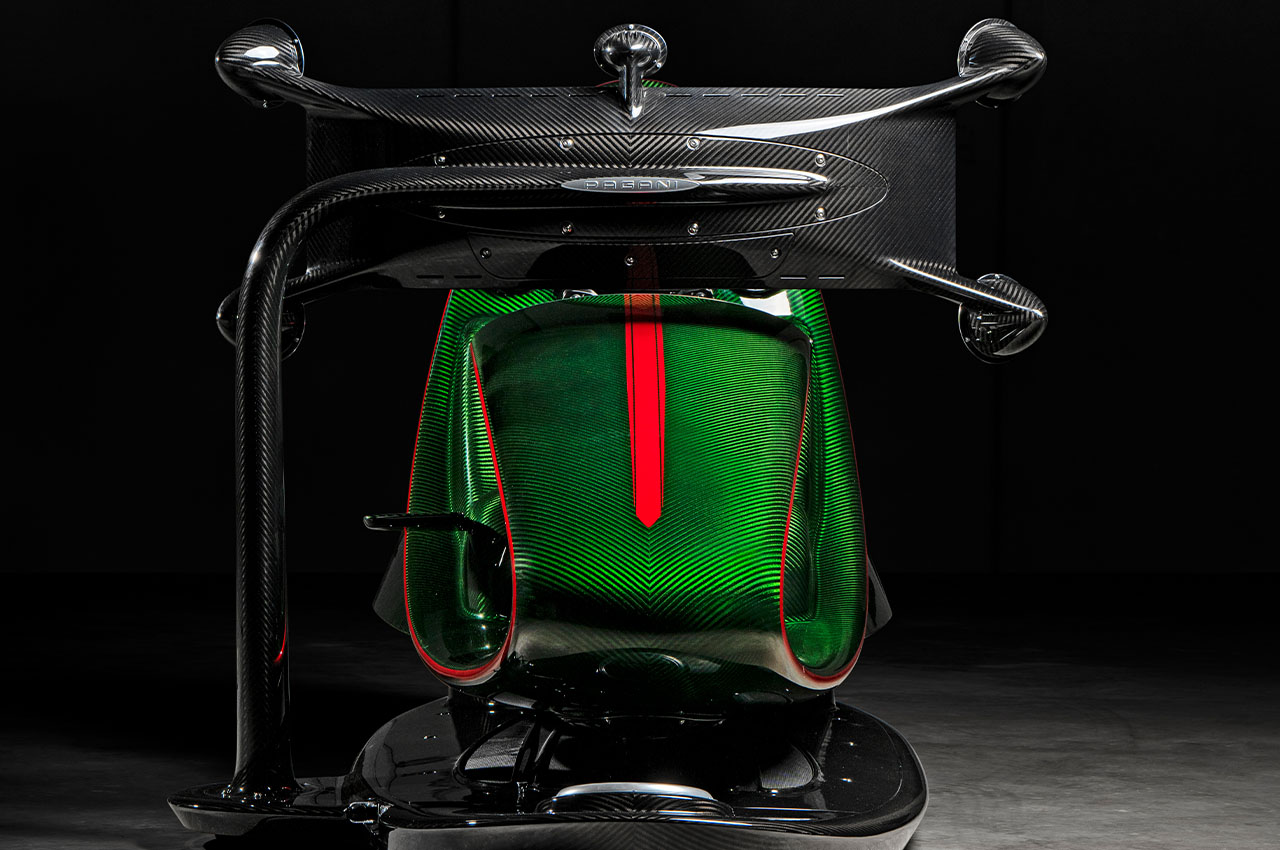
According to Franco Morsino, Vehicle Dynamics Lead at Pagani, “Our goal was to transcend the traditional boundaries of virtual driving, offering an unparalleled level of realism and immersion. This simulator is not just about the experience but also serves as a piece of art, reflecting the unique essence of Pagani’s design philosophy.” Pagini will only offer this racing sim to Pagani owners to test and compete with their powerful machines on FIA tracks in virtual reality. Taking realism to the next level, the sim can also be run in conjunction with a VR headset. Otherwise, the racer/gamer can opt to race on the single curved ultra-wide Samsung G9 monitor. Apart from the Huayra R, the simulator also gets the custom physics-focused version of the Assetto Corsa.
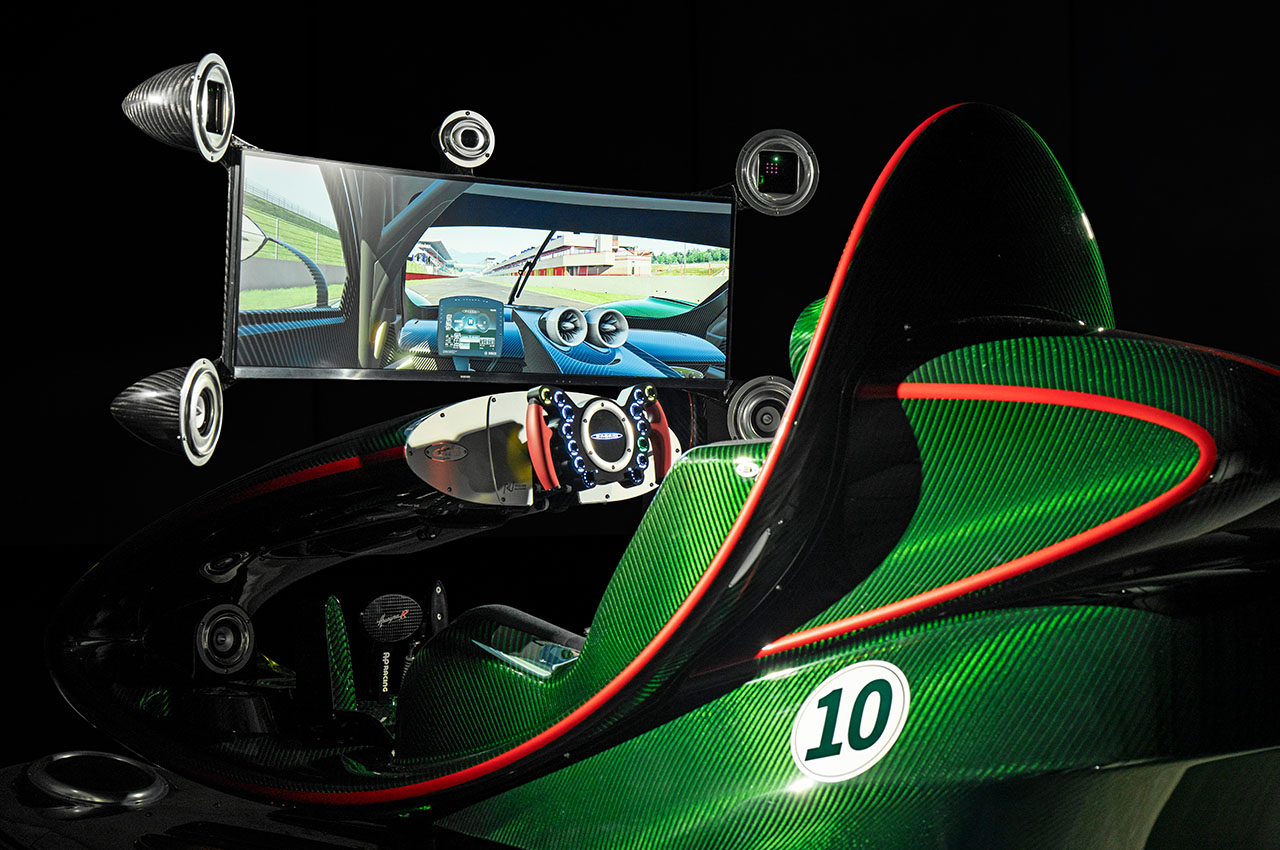
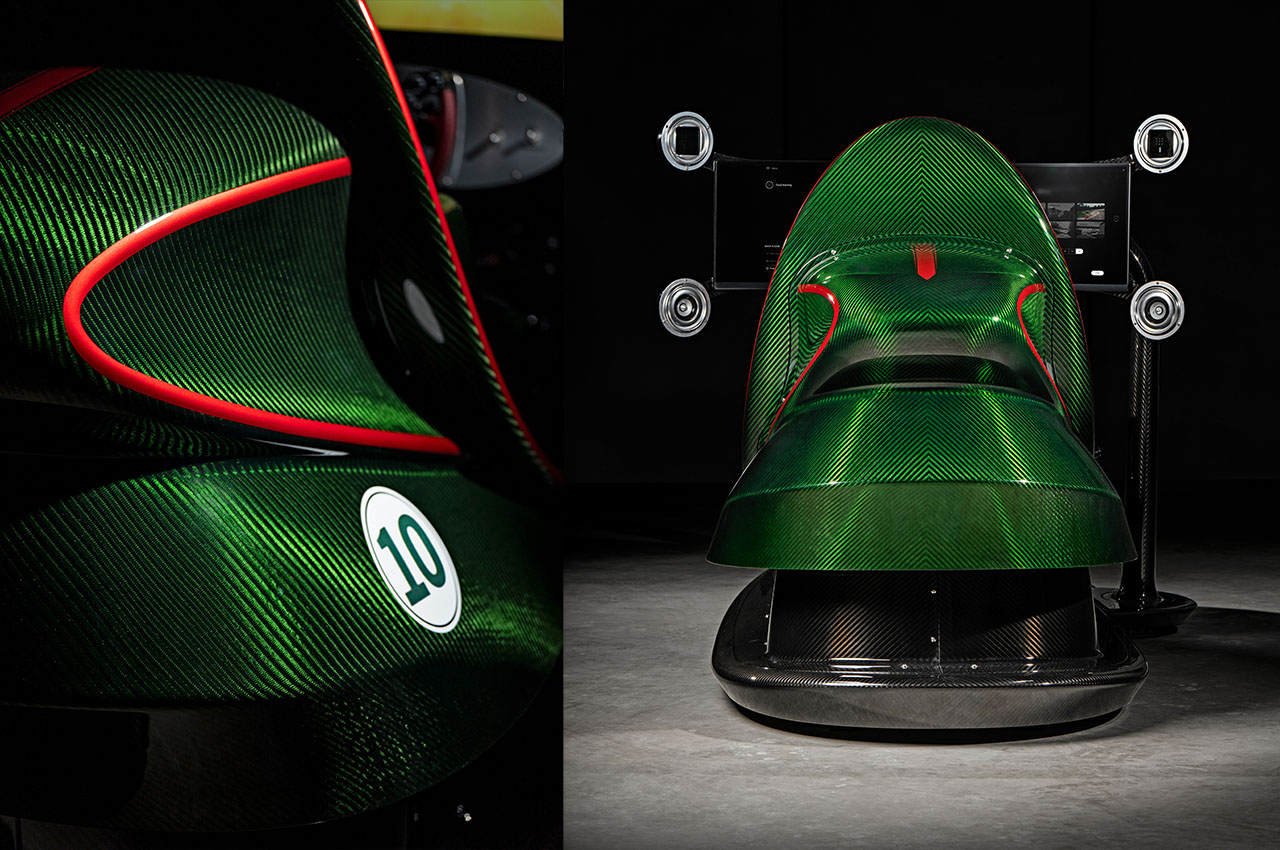
Pagani has not revealed any details about the pricing but given its level of realism and design uniqueness, it should very well run into a $100,000 (or more) price tag. On the hind side that’s way less than the track-only Pagani Huayra R costing $3 million.
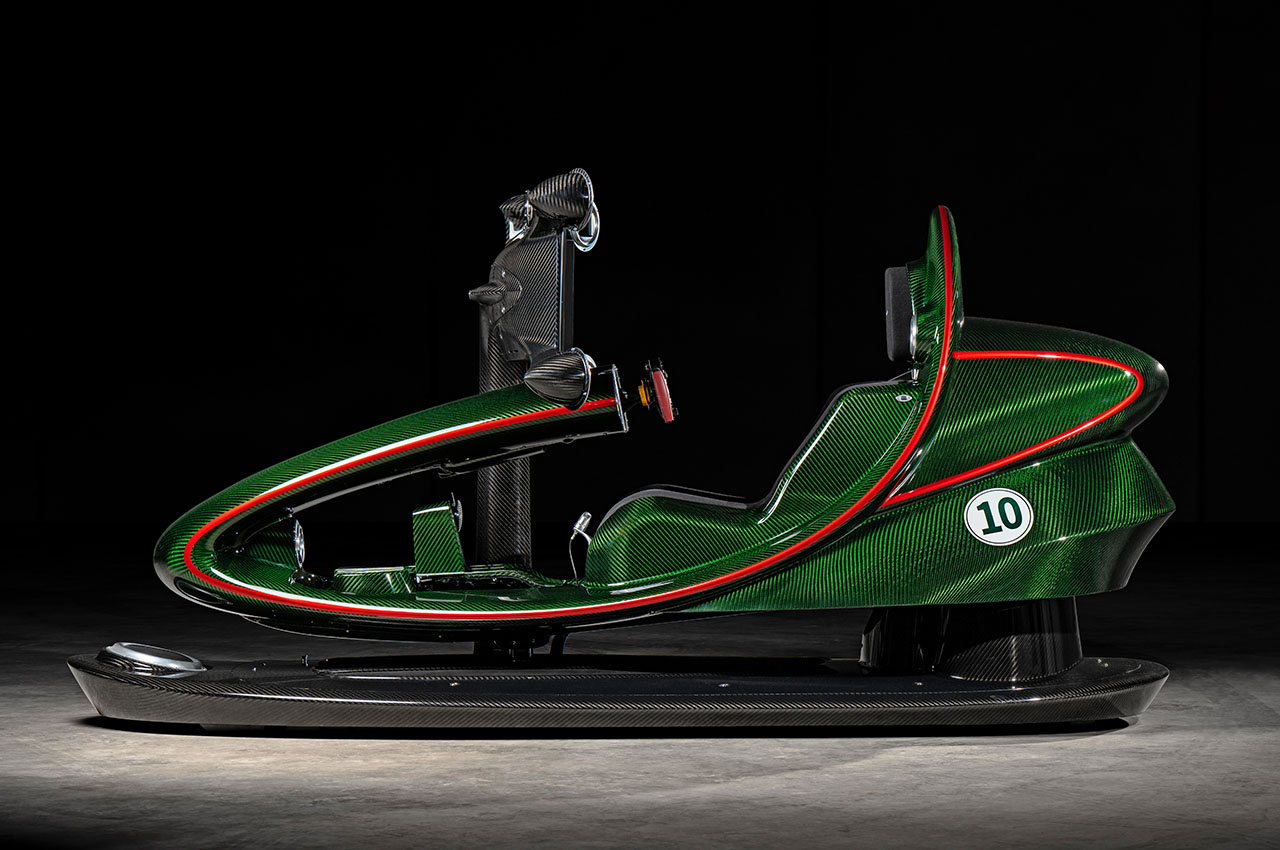
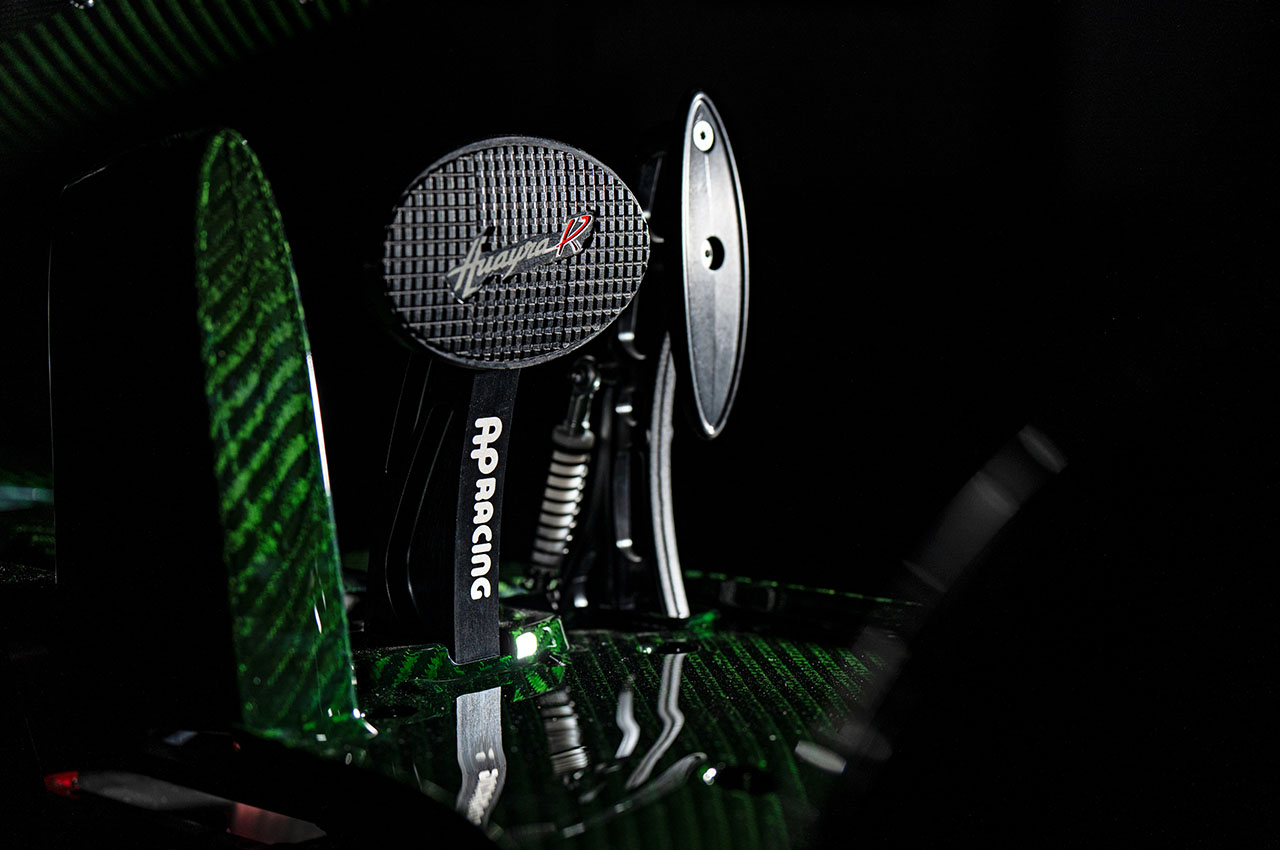
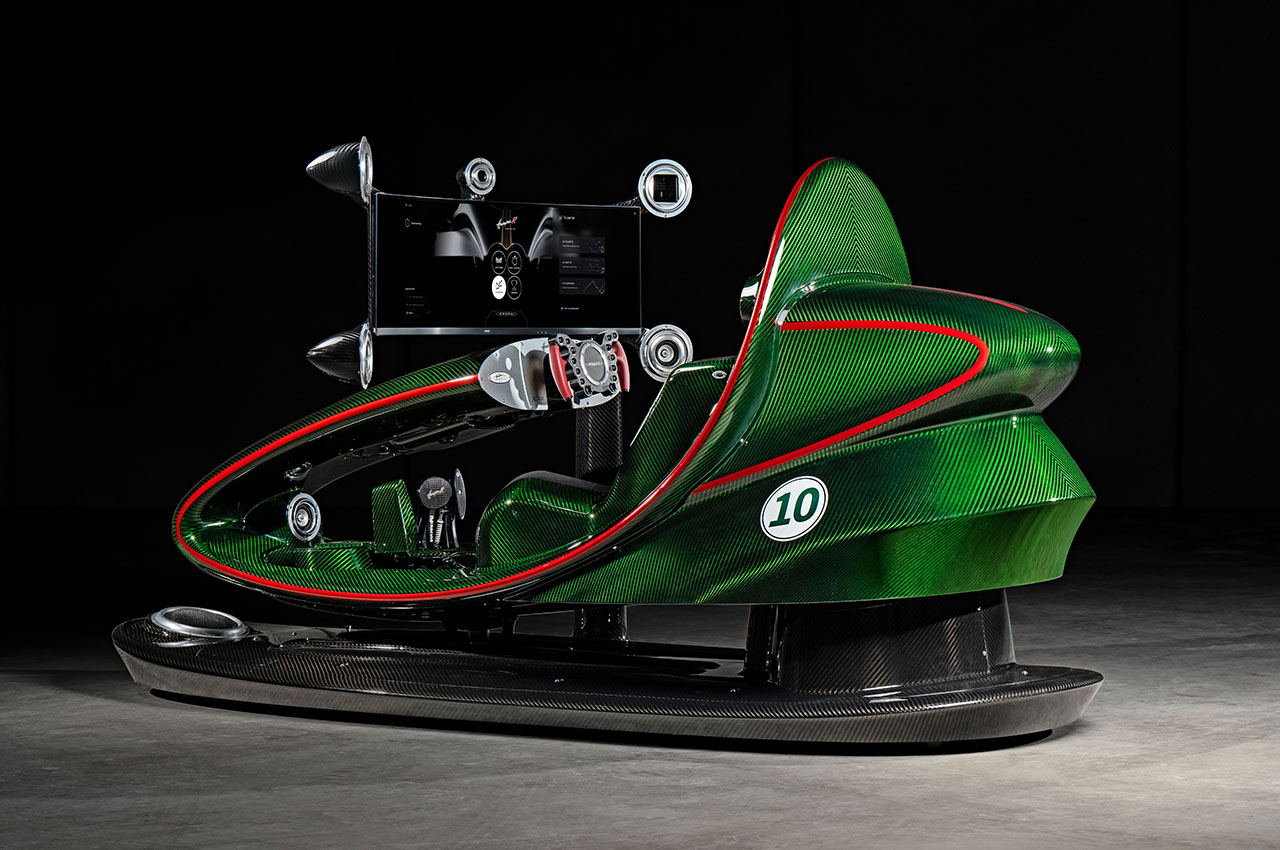
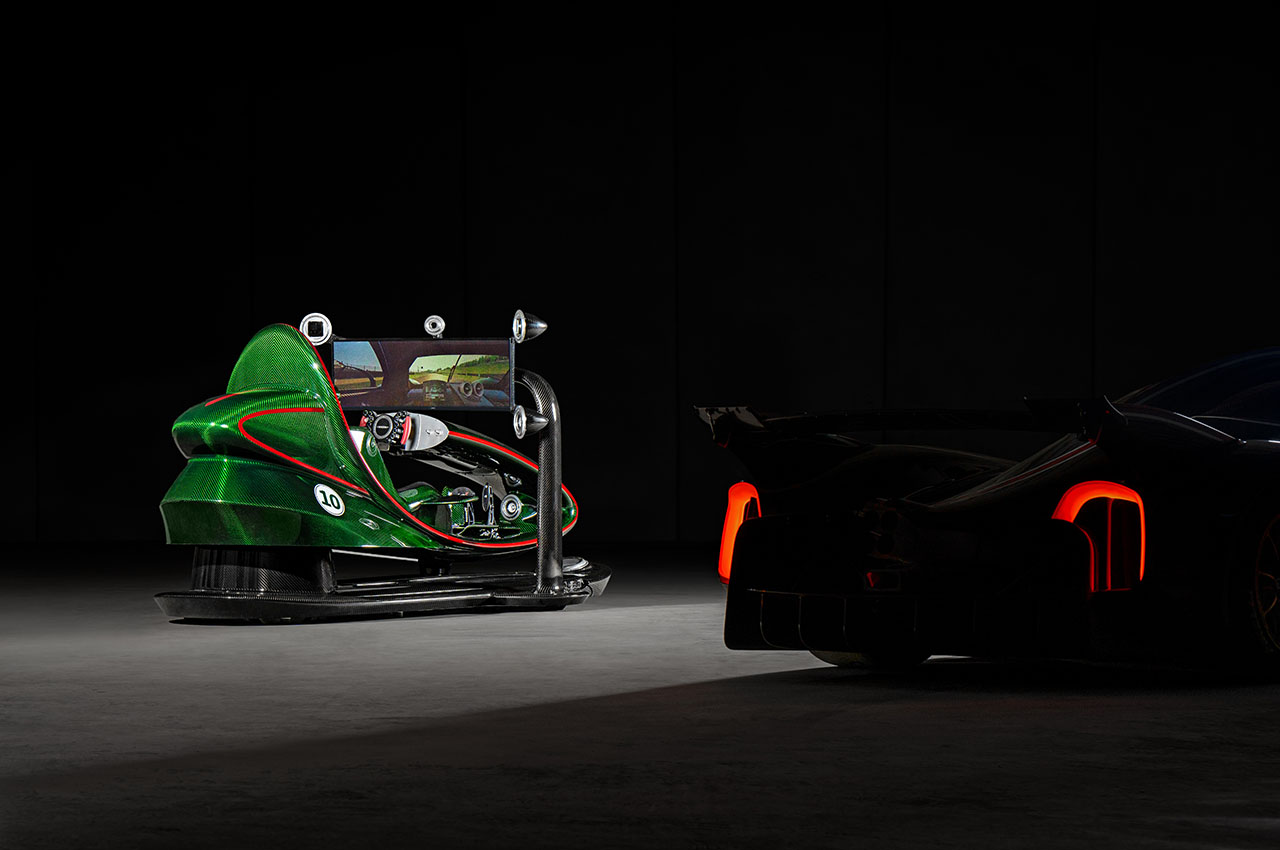
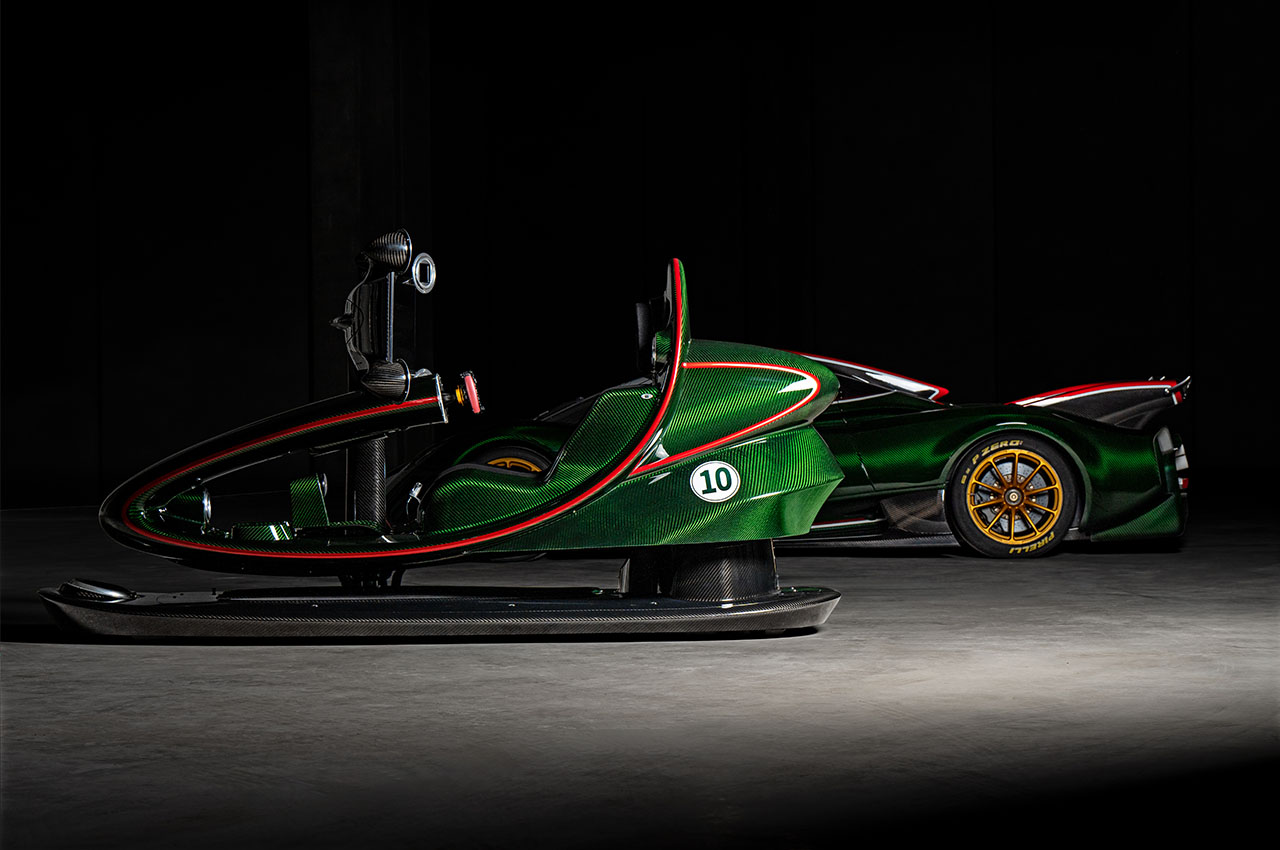
The post Eye-popping Pagani Huayra R racing simulator matches the real thing in every little detail first appeared on Yanko Design.
